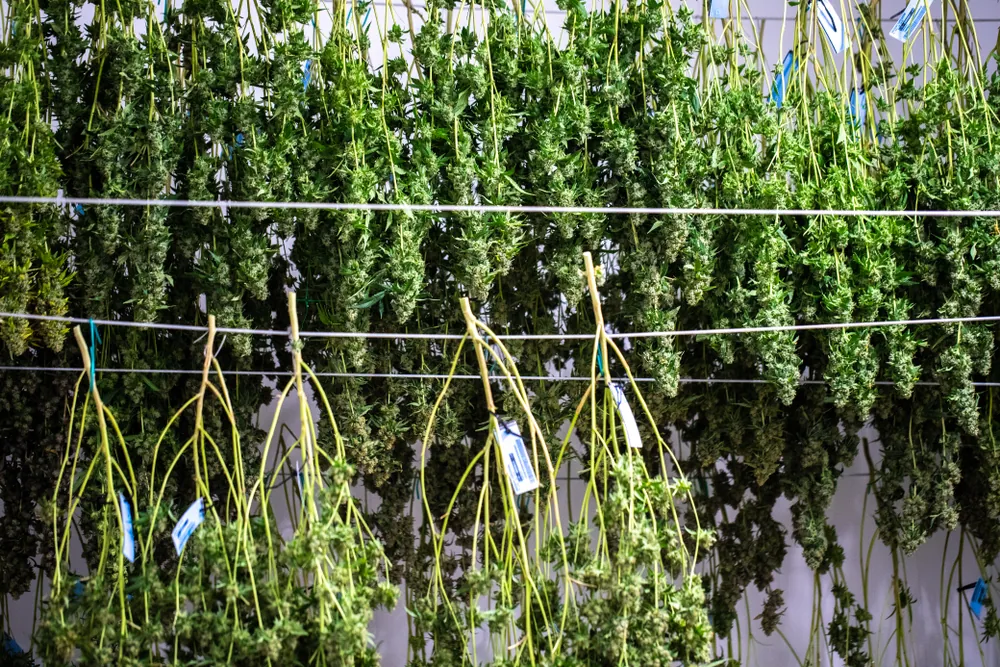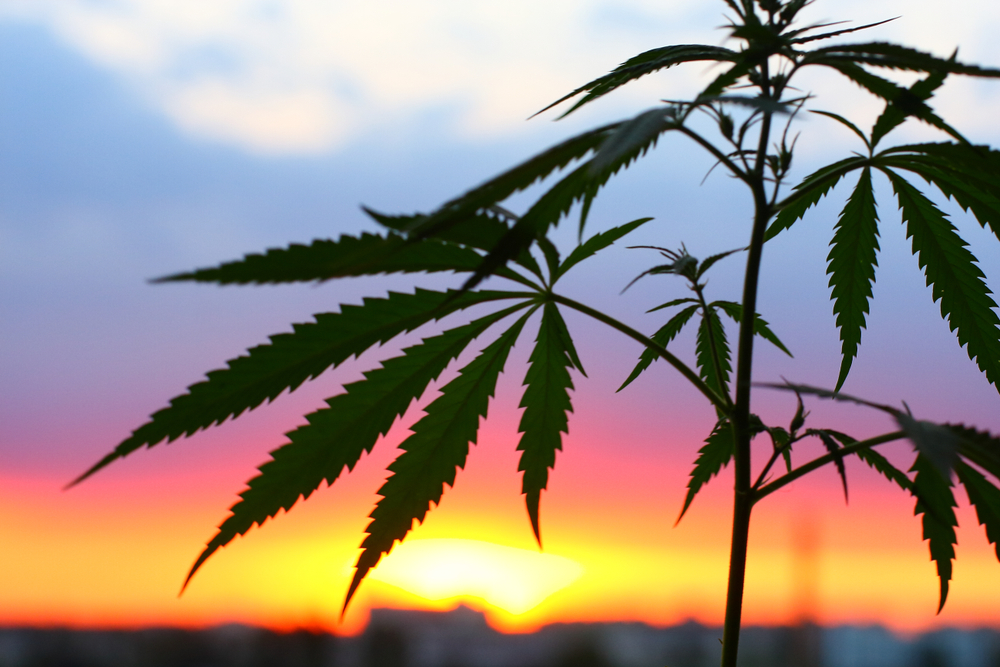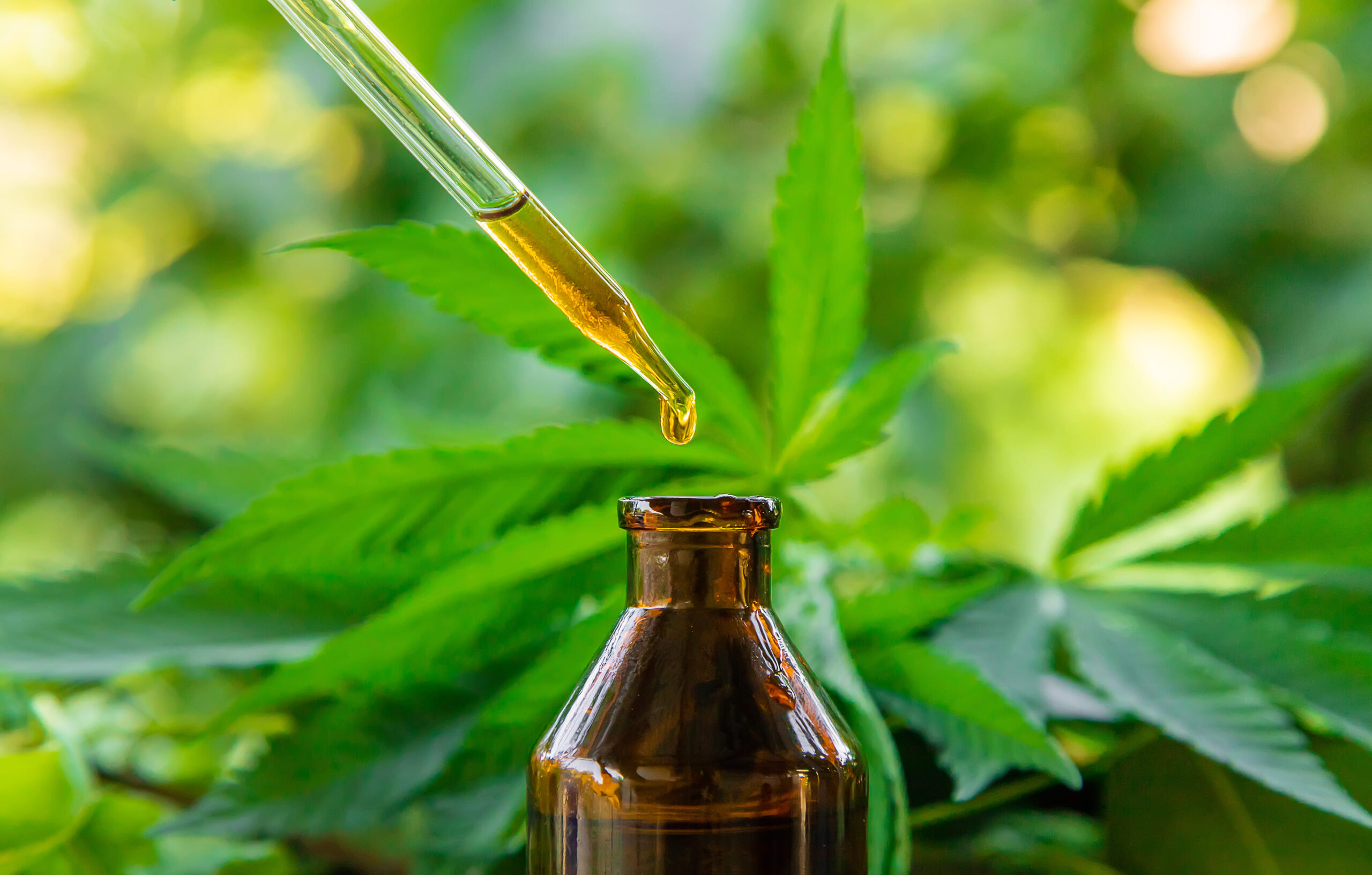Table of Contents
Introduction
The so-called ECS (endocannabinoid system) is a sophisticated system based on cell-related signals. In terms of research studies, it’s relatively new, especially when compared to other systems in the human body. It was revealed in the 1990s by scientists trying to find out more about the effects of THC.
THC is one of the best-known cannabinoids, a component of cannabis. It’s also the one that makes cannabis illegal in so many countries. While the ECS still leaves plenty of room for research, there are quite a few discoveries so far. Most importantly, it’s associated with the regulation of various functions.
Simply put, the ECS is responsible for processes like:
-Mood
-Memory
-Sleep
-Appetite
-Fertility
Based on what’s known so far, the ECS is obviously part of every body. It’s active and doing its job whether or not you consume CBD. Now, what do you need to know about its connection with CBD weed?

The overall construction of the ECS
The endocannabinoid system consists of three major elements. First, you have the endocannabinoids. Then, you have the receptors, and finally, there are numerous enzymes supporting the system.
Of course, each part has its own particularities.
Understanding endocannabinoids
The endocannabinoids are some molecules made internally by the body. From many points of view, they’re just like the cannabinoids in cannabis. There’s one difference though. You get cannabinoids from cannabis, while the endocannabinoids are produced internally.
Two of these endocannabinoids stand out in the crowd. The anandamide (AEA) is one of them, and the second one is 2-arachidonoylglyerol (2-AG). They both have similar functions, meaning their role is to ensure top-notch internal functionality of the body.
They’re produced based on the body’s unique necessities, so their levels vary widely from one individual to another.
Becoming familiar with receptors
Similarly, receptors are all around the body. They represent a target for endocannabinoids, which bind to them. When the process is complete, the ECS knows it’s time to take action according to the results.
There are also two main receptors in the body. The CB1 type is mainly available throughout the central nervous system. As for the CB2 type, it’s most commonly found in the peripheral nervous system. Such receptors are often found in cells responsible for your immunity.
Endocannabinoids bind to both types of receptors. The result depends on the location of the receptor, as well as the binding process.
For instance, some cannabinoids may choose the CB1 type in spinal nerves. As a direct consequence, the ECS will relieve painful sensations.

How about the enzymes?
Enzymes have a very simple role once the above-mentioned process is over. They break down endocannabinoids and return the functions to their original states.
Fatty acid enzymes break down AEA endocannabinoids, while monoacylglycerol acid enzymes focus on 2-AG endocannabinoids.
Functions of the endocannabinoid system
If there’s one thing all experts agree on, it’s that the endocannabinoid system is extremely sophisticated. While there are a few facts about it, its full functionality still requires research.
Based on a research study, it helps with metabolism, chronic pain, inflammation, motor control, sleep, appetite, mood, memory, cardiovascular elements, muscles, bones and liver. It’s also been proven to help with the overall functionality of the skin.
All these systems contribute to the overall homeostasis, which is practically the body’s capacity to keep all functions stable. For instance, if you get injured, and the homeostasis is affected, the ECS will help the body operate as close as possible to its normal stance.
Based on all these, it’s believed that the endocannabinoid system has the primary purpose of keeping homeostasis at optimal standards.
Effects of CBD on the endocannabinoid system
Apart from THC, which is the illegal component in cannabis in most countries, CBD is the second major cannabinoid. However, unlike THC, it won’t give you a high. It’s also considered natural and shouldn’t have any major side effects, especially if taken in relatively low or medium doses.
How CBD interacts with the ECS is still unknown to many experts. Unlike the THC, it doesn’t bind to the above-mentioned receptors in the ECS, though. It operates in a completely different way, mainly by preventing enzymes from breaking down endocannabinoids.
This way, the effects achieved last longer. Again, there aren’t any conclusive tests on this theory.
Some other theories claim that CBD binds to a different receptor, one that’s still under investigation. There’s no official data, though.
Despite all these unknown variables, reports from CBD users are quite conclusive, and it seems that regular consumption helps with insomnia, stress, anxiety, depression, painful sensations, nausea and other issues, whether natural or caused by other medical conditions.

Understanding the endocannabinoid deficiency
The endocannabinoid deficiency is referred to as CECD. It’s a relatively new theory, but it makes sense. When there aren’t enough endocannabinoids in the body, the ECS is clearly about to malfunction. As a direct consequence, certain medical conditions may appear, many of them chronic.
The concept has been studied for more than a decade. One of the most conclusive tests shows that the lack of endocannabinoids in the body leads to medical conditions like irritable bowel syndrome, chronic migraines and even fibromyalgia, among others.
Such conditions are often associated with stress and an unhealthy lifestyle, as the causes aren’t crystal clear. People often get more than just one of them at the same time. As for treatments, they’re often ineffective, so patients try to find natural alternatives.
Many of them have managed to find relief by taking CBD regularly. To keep it simple, it seems boosting the ECS with cannabinoids could be the optimal way to sort such affections out, yet more research should be done on this theory.
Reasons to find solutions with CBD weed
There are more reasons why smoking CBD weed is said to be the quickest way to find relief. Here are some of the main benefits:
-Rapid onset of positive effects. When inhaled, CBD goes straight into the system. Edibles, for instance, must go through the digestive system first, so the absorption is lower and slower.
-No high. Compared to THC, CBD won’t give a high. Sure, it offers a feeling of relaxation, but it has nothing to do with the high associated with THC.
-A natural solution. While there might be CBD products mixed with chemicals, reputable manufacturers guarantee 100% natural ingredients.
Of course, the dosage varies from one user to another. Since there aren’t many research studies based on it, trial and error could help you sort the ideal dosage. Simply start with a low dose and increase it gradually every week until you reach the desired effects.
Conclusion
As a short final conclusion, there are no doubts about the benefits of the ECS, yet there’s much more to be discovered about it. The endocannabinoid system has been proven to stabilize internal functions and processes, but there are still many unknown variables.
As for CBD consumption, it seems to boost this system in one way or another, just like it seems to help with conditions caused by its malfunctioning profile at times. Given its natural profile, CBD is a solid alternative these days, so everyone is free to give it a try.





